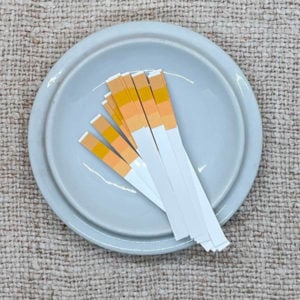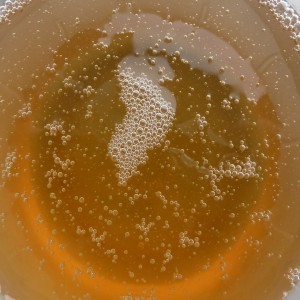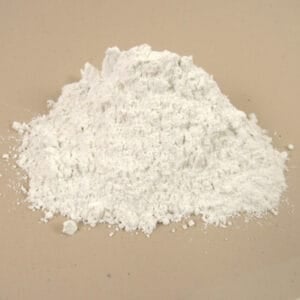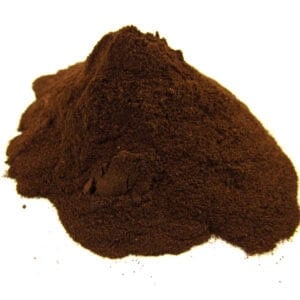pH Indicator Strips
We use pH Indicator Strips to measure the pH of an indigo vat. In other words, they help us determine if we need more acidity or alkalinity to balance the vat. We also use pH strip paper with other dyes to measure the pH range of the dye bath. These are extremely useful tools to quickly check your indigo vat or to determine the pH levels of your water supply. Natural dyes colors may be shifted by adjusting the pH of the dye bath. Therefore, our pH strips come in handy when deciding on increasing or decreasing pH. (35 pH indicator … Read more










